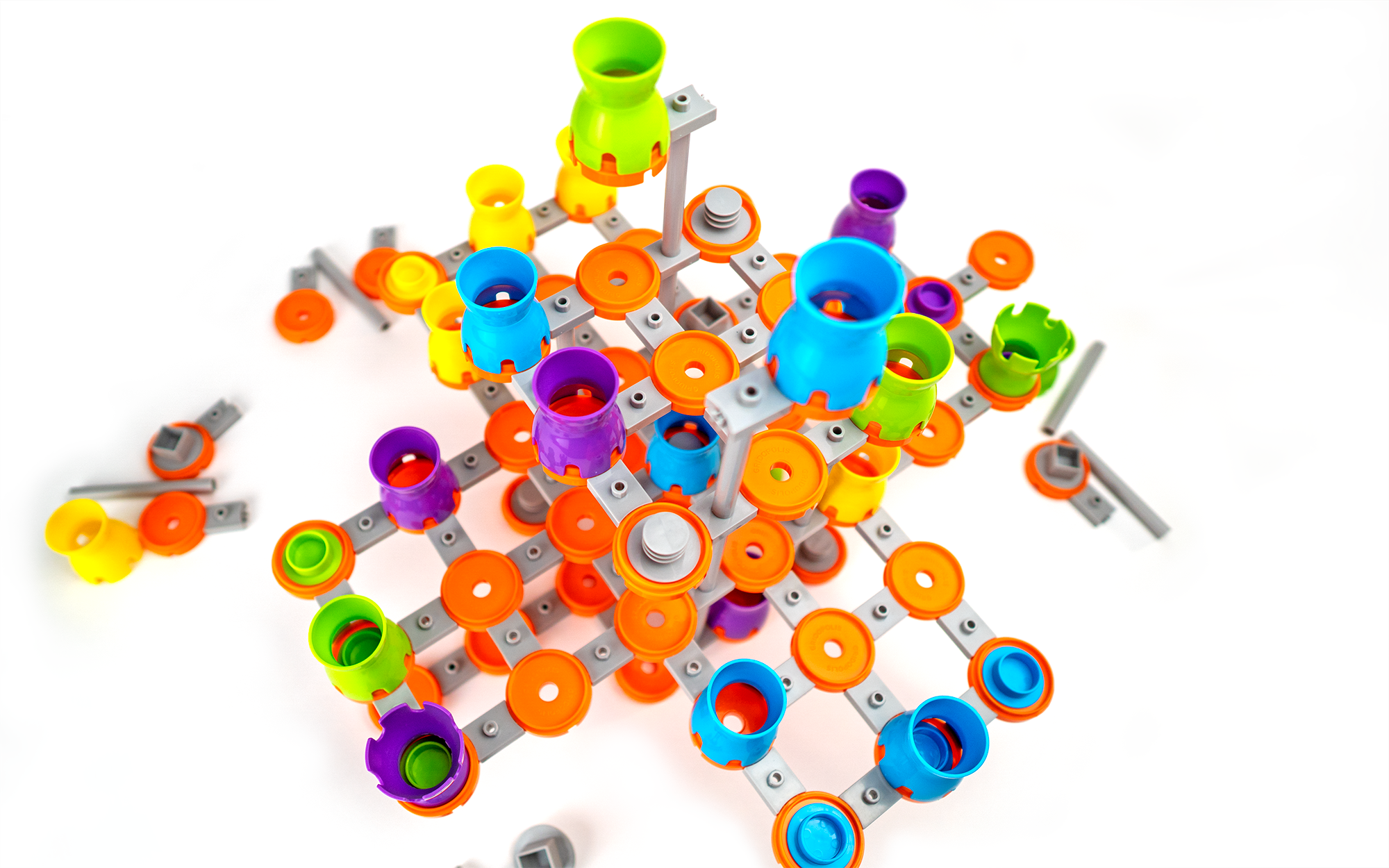
With less than 60 hours left on their successful Kickstarter campaign, Gridopolis, a multiplayer 3D strategy game and system has been fully backed with a shipping date of March 2020. A modular and flexible gaming system, Gridopolis’s innovations allow users to change the 3D playing space during gameplay and even design their own game from scratch.
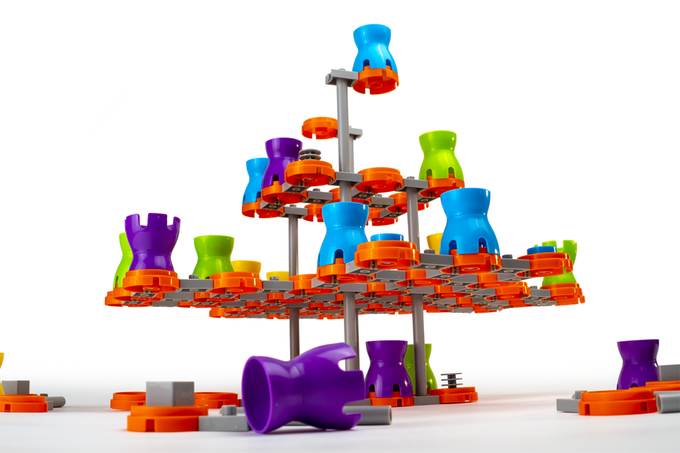
Gridopolis incorporates rules from games you probably already know, such as checkers, chess and even tic-tac-toe. Gridopolis is for ages 8 and up, and even younger kids who can play chess or checkers. As a multiplayer game, Gridopolis is also great for families; children, parents, and grandparents can all play together.
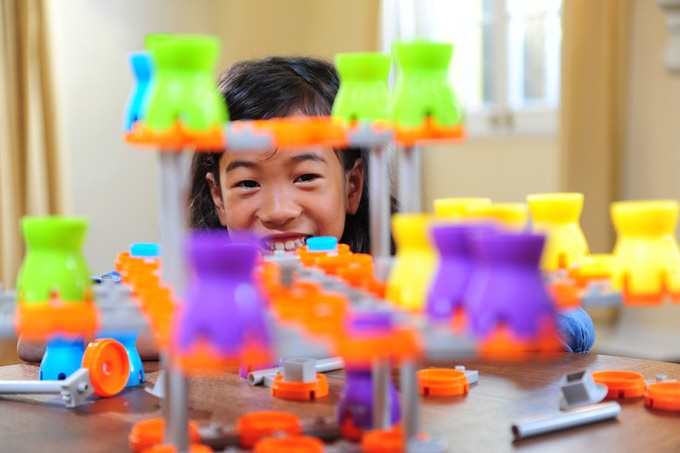
Gridopolis is also a learning tool with every checkbox for STEM, plus the social component. This ‘STEM without screens’ approach highlights the importance of learning STEM in a screen-free and social environment. As a result, Gridopolis is a great fit in any classroom, homeschool or library setting.
BASIC GOAL

In Gridopolis, the objective is to eliminate your opponents’ player markers. You do this by jumping over them. You can attack from above, below, and at crazy angles. You can also play a timed game by tracking points.
HOW TO PLAY
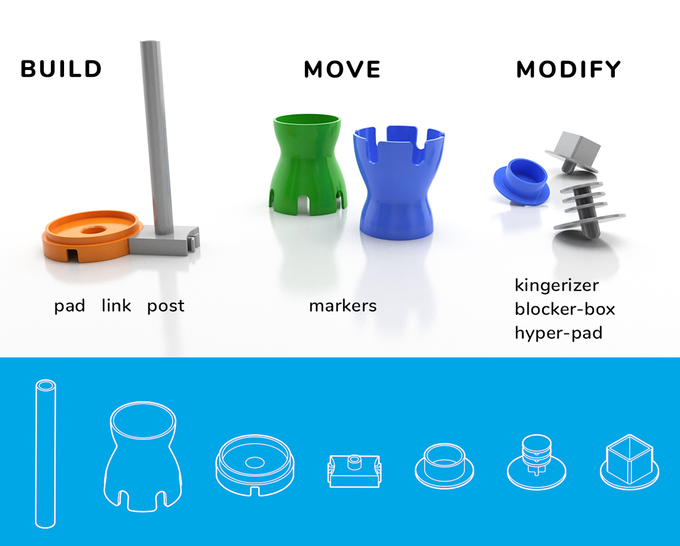
Every player marker starts out as a pawn and can only move one pad at a time. You can go in any direction as long as it’s away from your starting/home row. So, feel free to move right, left, up, down, and diagonally across multiple levels. In most flat board games, your piece may have only one ─ or two ─ possible moves. Not with Gridopolis!
You can also move with our teleporter, called the hyper-pad. Land on one to teleport to any other hyper-pad ─ all in the same move. Another Gridopolis innovation is dynamic play. Before a game, each player gets extra building parts. You can use these to build at any time. So, when it’s your turn, you can either move or build.
The first build move is called the add-a-pad. This expands the grid set, either horizontally or vertically. Each new pad is now a legal place to move. The second build move is called the blocker-box. This shrinks the grid set when you place it on an empty pad. That pad is now out of order for the rest of the game.
Once you know the rules, you can then play on any other grid-set designs. If you are feeling creative or ambitious, go ahead and design your original grid-set design and then test it out! You’ll be surprised how flexible the rules are with different designs.
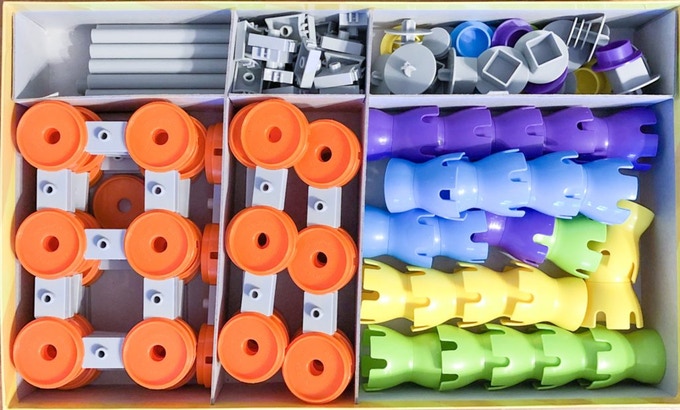
Each set comes with 217 total pieces. That’s enough for two, three, or four players. But, there are only seven unique parts in the entire Gridopolis system. This makes things easy to learn ─ and fun to play. If you want to learn more about the educational benefits of Gridopolis, please check out their free lesson plan. For more information about Gridopolis please visit: https://www.gridopolis.games/.
###
Source: https://www.gridopolis.games/

